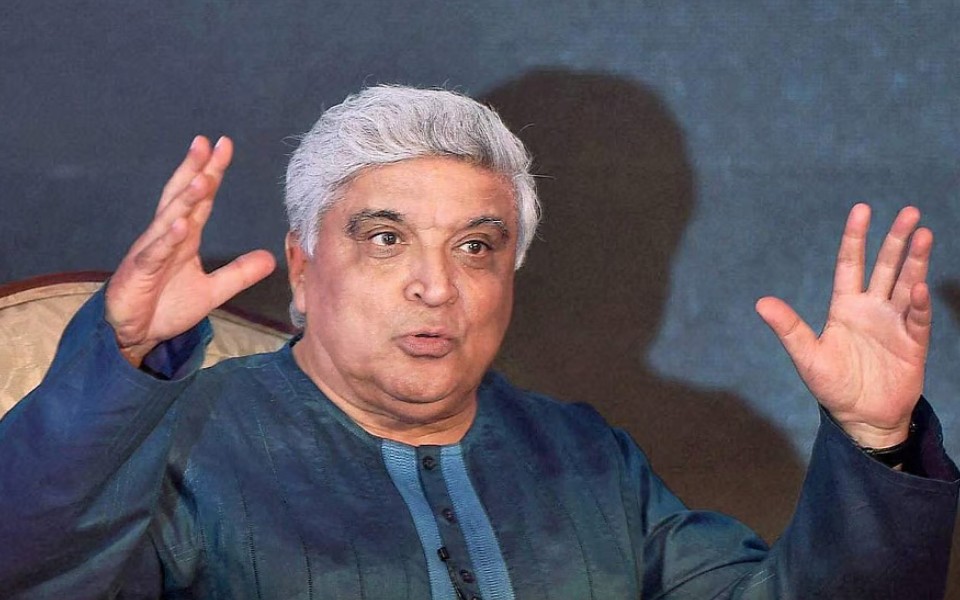New Delhi(PTI): The Delhi High Court on Thursday restrained several YouTube channels from publishing misleading content on the health of Aaradhya Bachchan, daughter of actors Abhishek Bachchan and Aishwarya Rai Bachchan, saying spreading misinformation about a child reflects "morbid perversity".
The court, while dealing with a lawsuit by the minor child and her father, directed Google to take down from its platform certain videos which claimed that Aaradhya Bachchan was "critically ill" and "no more".
Justice C Hari Shankar said every child is entitled to be treated with honour and respect and dissemination of misleading information in respect of a child's health was "completely intolerable in law".
The court, in the interim order, asked Google to inform the plaintiff about the details of the uploaders in question and clarified that similar videos, whenever brought to Google's notice, shall also be taken down.
"Defendants 1 to 9 (YouTube channels) are completely restrained from publishing, sharing and disseminating any content on any public platform across the net relating the state of health or physical condition of the plaintiff," ordered the court.
"Defendant no 10 (Google) will immediately delist and deactivate all videos (mentioned in the plea," it said.
The court remarked that spreading misinformation about a child of tender age reflects "morbid perversity" and "complete apathy in the interests of the child". The court further asked Google to file a response stating in detail its policy on dealing with such objectionable content on its YouTube platform in view of intermediary rules.
It also directed the Centre to block access to the content in question, and said Google was duty bound to follow the legal framework for intermediaries.
Let the Truth be known. If you read VB and like VB, please be a VB Supporter and Help us deliver the Truth to one and all.
Baghdad, Feb 25 (AP): Former Iraqi Prime Minister Mustafa al-Kadhimi, known for promoting the rule of law, returned to Baghdad Tuesday for the first time in more than two years despite ongoing security threats.
In 2021, he survived an assassination attempt in which two armed drones targeted his residence in Baghdad's Green Zone area. The attack came at a time of tensions sparked by the refusal of Iran-backed militias to accept parliamentary election results.
Al-Kadhimi left Iraq after his term as prime minister ended in 2022 and has been living in London and the United Arab Emirates.
The former prime minister did not immediately make any public statements upon his return.
Three officials with his office who spoke on condition of anonymity because they were not authorised to speak publicly said security threats against the former prime minister were still present. They said he had returned at the invitation of current Iraqi political leaders who hoped he could use his connections to help them confront a worsening economic crisis that threatens the country's stability.
Al-Kadhimi has good relations with the United States and Saudi Arabia. Iraq is currently looking to strengthen ties with both countries, particularly as regional upheavals over the past year have left Iran in a weakened position.
During his term, Baghdad hosted a series of talks between Iran and Saudi Arabia, which helped pave the way for the regional rivals to formally restore diplomatic ties in 2023 after a seven-year rift. He was Iraq's former intelligence chief before becoming prime minister in 2020 following mass anti-government protests that toppled the previous cabinet.
Iraq is also set to hold parliamentary elections later this year, raising the possibility that al-Kadhimi might be preparing to attempt a political come-back.





